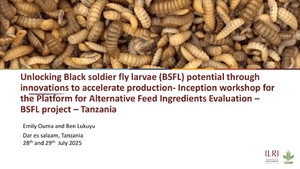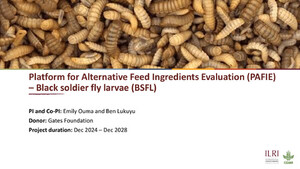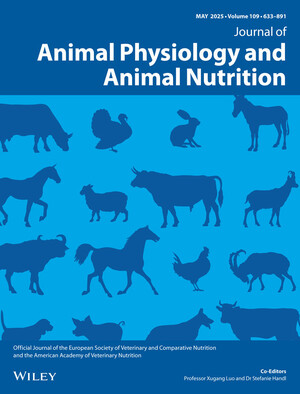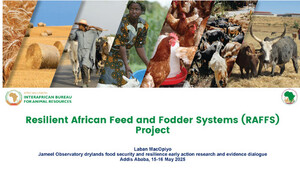
Comparison of enteric methane yield and diversity of ruminal methanogens in cattle and buffaloes fed on the same diet
Abstract
An in vivo study was conducted to compare the enteric methane emissions and diversity of ruminal methanogens in cattle and buffaloes kept in the same environment and fed on the same diet. Six cattle and six buffaloes were fed on a similar diet comprising Napier (Pennisetum purpureum) green grass and concentrate in 70:30. After 90 days of feeding, the daily enteric methane emissions were quantified by using the SF6 technique and ruminal fluid samples from animals were collected for the diversity analysis. The daily enteric methane emissions were significantly greater in cattle as compared to buffaloes; however, methane yields were not different between the two species. Methanogens were ranked at different taxonomic levels against the Rumen and Intestinal Methanogen-Database. The archaeal communities in both host species were dominated by the phylum Euryarchaeota; however, Crenarchaeota represented <1% of the total archaea. Methanogens affiliated with Methanobacteriales were most prominent and their proportion did not differ between the two hosts. Methanomicrobiales and Methanomassillicoccales constituted the second largest group of methanogens in cattle and buffaloes, respectively. Methanocellales (Methanocella arvoryza) were exclusively detected in the buffaloes. At the species level, Methanobrevibacter gottschalkii had the highest abundance (55–57%) in both the host species. The relative abundance of Methanobrevibacter wolinii between the two hosts differed significantly. Methanosarcinales, the acetoclastic methanogens were significantly greater in cattle than the buffaloes. It is concluded that the ruminal methane yield in cattle and buffaloes fed on the same diet did not differ. With the diet used in this study, there was a limited influence (<3.5%) of the host on the structure of the ruminal archaea community at the species level. Therefore, the methane mitigation strategies developed in either of the hosts should be effective in the other. Further studies are warranted to reveal the conjunctive effect of diet and geographical locations with the host on ruminal archaea community composition.
Citation
Malik, P.K., Trivedi, S., Mohapatra, A., Kolte, A.P., Sejian. V., Bhatta, R. and Rahman, H. 2021. Comparison of enteric methane yield and diversity of ruminal methanogens in cattle and buffaloes fed on the same diet. PLoS ONE 16(8): e0256048.










